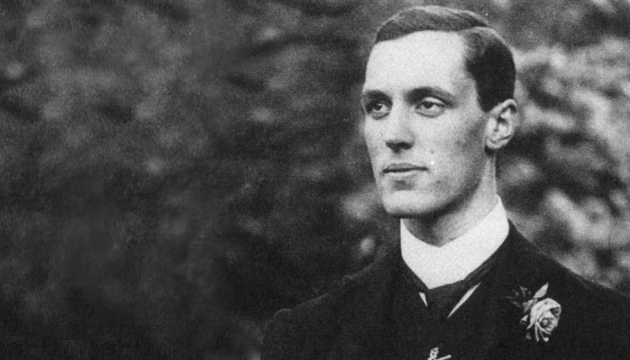One for All and All for One: The John Lewis Story


Will you do us the honor and join our team of authors?
To write for the SohoBlog, contact us at [email protected]
(Shakespearean prose not required.)

We all know people that get creative and exaggerate when it comes to their job description, but when a cleaning guy at John Lewis tells you that he is the owner of the entire chain – he is actually telling you the truth!
That’s because each and every one of the 76,500 employees of the John Lewis group is also a part owner of the company, which includes John Lewis department stores and Waitrose supermarkets (that supply the royal palace) among other services. In addition of being a part owner, the employees, who are also called “partners”, are involved in managerial decisions and of course a share of the company’s profit (which in 2010 was 307 million pounds, half that was invested back in the company and half that was given back to the employees as dividends). The total revenue of the group last year was a staggering 8.2 billion pounds, with the company constantly growing over the years increasing revenues and profits alike.
According to Patrick Lewis, the great-grandson of the company’s founder and also a board member, the partners are “the key to the company’s success”. The unique ownership model insures that the employees are more motivated and committed to the success of the business, because the bottom line is that if the business makes more money - they make more money. Another advantage is that the model gives you the ability for long term planning, which at this troubled times isn’t something to take for granted, because the employees know that if they plan for a short term profit it may hurt them in the long run and either way the money is coming out of their pockets.
The premise of the model is that each employee, or partner, owes an equal part of the company. It doesn’t matter if it’s the janitor or the CEO. Once in three years they vote in an internal election to select 5 new board members (who are also employees of course). The board is the brain of the company, where most major managerial decisions take place. All the employees have a decent wage and budgetary pensions (a rarity in the UK today), as well as other perks, like free access to golf courses owned by the company, photography lessons and more. But of course the biggest perk of all is the dividend, which is calculated according to their annual salary, but the relative percentage from the salary is identical for all the employees.
However, the company wasn’t always based around the premise. From 1864, the year it was founded by John Lewis, to 1929, the company operated just like any other business. It was John Lewis’s son, John Spedan Lewis, who decided to share the profits among the employees and thus creating a prototype of what will become a virtual corporation. 20 years later he shared the ownership as well. The constitution he wrote for the company is still being used today, in its core – it states that the highest salary in the company can’t be more than 75 times of the average salary of partners that aren’t board members. That’s why the base salary of CEO Andy Street is “only” 500,000 pounds, a fraction from what CEO’s in rival (often less successful) companies earn, regardless of their performances as CEO’s.
Even with the salary restriction, John Lewis managed to hire top notch executives. Researchers, who studied John Lewis, pointed out three attributes that are rooted deep within the company’s work culture and contribute to its success: A solid mechanism of peer pressure; leading by example; and true teamwork. According to one of the researches, Prof. Richard Freeman of Harvard University and London School of Economics, “The fact that the CEO is proud to earn less than CEO’s in other companies that are not owned by the employees and are doing worst, demonstrates their commitment to this type of operation. He is not just an outsider that comes in and tries to make changes”. Freeman’s studies also show that the productivity in a company owned by the employees is generally higher.
This level of commitment and the sense of togetherness is what helped John Lewis survive the recessions, although not without costs. 1000 were fired, expansion plans abandoned and bonuses cut, and now on the brink of a second recession the company is doing better than ever. Sales numbers are up again, so are the bonuses and the company even decided to stay closed on Christmas despite the prospect of high sales, only to give the employees an extra day off they rightly deserve. Because that’s what John Lewis is all about, the employees, and in return they help make the company one of the most successful companies in their field in Britain.
|
|
|